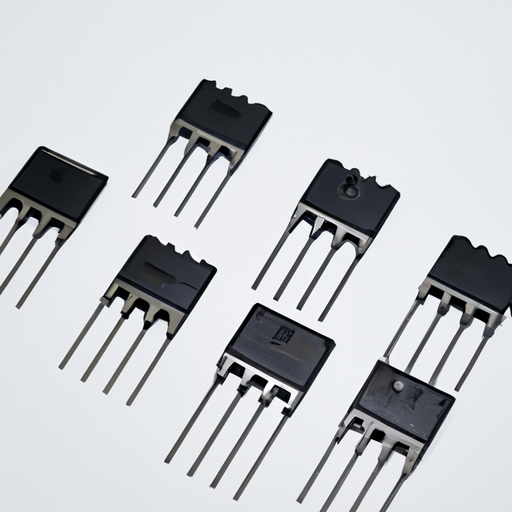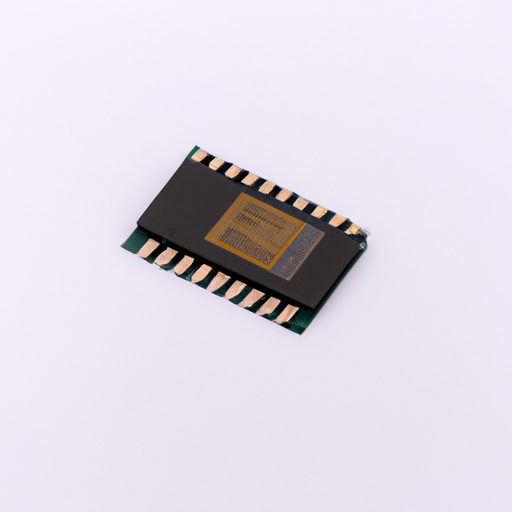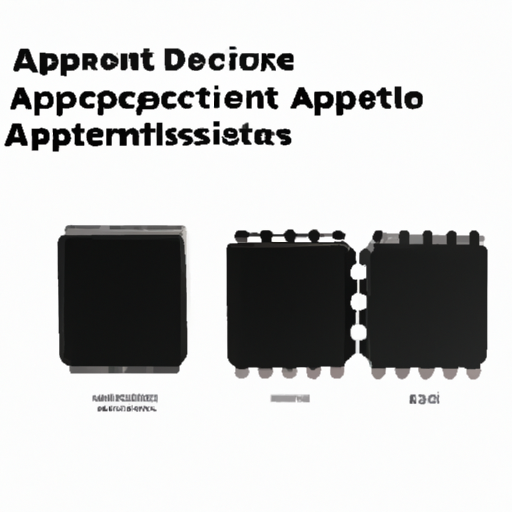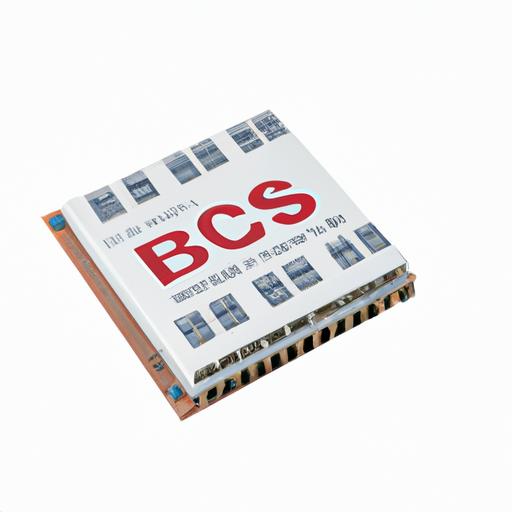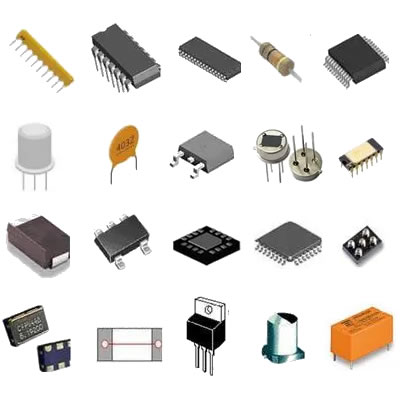What is the purchase price of the latest chip resistors?
What is the Purchase Price of the Latest Chip Resistors?
I. Introduction
In the world of electronics, chip resistors play a crucial role in ensuring devices function correctly. These tiny components are essential for controlling current flow and voltage levels in various applications, from consumer electronics to automotive systems. As technology advances, the demand for high-quality chip resistors continues to grow, leading to fluctuations in their purchase prices. This article aims to explore the current purchase price of the latest chip resistors, examining the factors that influence their costs and providing insights into market trends.
II. Understanding Chip Resistors
A. What are Chip Resistors?
Chip resistors are miniature electronic components that provide resistance in a circuit. Unlike traditional resistors, which are often larger and made from wire or carbon, chip resistors are fabricated using thin layers of resistive material on a ceramic substrate. This design allows for a compact form factor, making them ideal for modern electronic devices where space is at a premium.
1. Description and Function
The primary function of chip resistors is to limit the flow of electric current, thereby protecting sensitive components from damage. They are characterized by their resistance value, tolerance, and power rating, which determine how much current they can handle without overheating.
2. Types of Chip Resistors
There are several types of chip resistors, each with unique properties:
Thick Film Resistors: These are the most common type, made by screen printing a resistive paste onto a substrate. They are cost-effective and suitable for a wide range of applications.
Thin Film Resistors: Known for their precision and stability, thin film resistors are made by depositing a thin layer of resistive material. They are often used in high-precision applications.
Wirewound Resistors: These resistors are made by winding a wire around a core. They are typically used in high-power applications due to their ability to handle larger currents.
B. Applications of Chip Resistors
Chip resistors are used in various industries, including:
1. Consumer Electronics
From smartphones to laptops, chip resistors are integral to the functionality of consumer electronics. They help regulate power and ensure devices operate efficiently.
2. Automotive Industry
In modern vehicles, chip resistors are used in various systems, including engine control units, safety features, and infotainment systems. Their reliability is crucial for vehicle performance and safety.
3. Industrial Applications
Chip resistors are employed in industrial machinery and automation systems, where precise control of electrical signals is necessary for optimal operation.
4. Telecommunications
In telecommunications equipment, chip resistors help manage signal integrity and power distribution, ensuring reliable communication.
III. Factors Influencing the Price of Chip Resistors
The price of chip resistors is influenced by several factors, including material composition, manufacturing processes, specifications, and market dynamics.
A. Material Composition
1. Conductive Materials Used
The type of conductive materials used in chip resistors can significantly impact their cost. High-quality materials often lead to better performance and durability, but they also increase production costs.
2. Substrate Materials
The substrate on which the resistive material is applied also affects pricing. Ceramic substrates are commonly used due to their excellent thermal stability, but they can be more expensive than alternatives.
B. Manufacturing Processes
1. Production Techniques
The method used to manufacture chip resistors can influence their price. Techniques such as screen printing and laser trimming vary in cost and complexity, affecting the final price of the product.
2. Scale of Production
Mass production typically lowers costs due to economies of scale, while custom orders may incur higher prices due to the specialized nature of the manufacturing process.
C. Specifications and Performance Characteristics
1. Resistance Values
Chip resistors come in various resistance values, and those with higher precision or specialized characteristics often command higher prices.
2. Tolerance Levels
The tolerance level indicates how much the actual resistance can vary from the stated value. Resistors with tighter tolerances are generally more expensive.
3. Power Ratings
Higher power ratings allow resistors to handle more current, which can increase their cost due to the materials and manufacturing processes required.
D. Market Demand and Supply Dynamics
1. Trends in the Electronics Market
The demand for chip resistors is closely tied to trends in the electronics market. As new technologies emerge, such as IoT devices and electric vehicles, the demand for high-quality chip resistors increases, potentially driving up prices.
2. Impact of Global Supply Chain Issues
Recent global supply chain disruptions have affected the availability of electronic components, including chip resistors. These disruptions can lead to price increases as manufacturers struggle to meet demand.
IV. Current Market Prices of Chip Resistors
A. Overview of Pricing Trends
1. Historical Price Changes
Historically, the prices of chip resistors have fluctuated based on technological advancements and market demand. In recent years, prices have generally trended upward due to increased demand and supply chain challenges.
2. Recent Price Fluctuations
Recent events, such as the COVID-19 pandemic and geopolitical tensions, have caused significant price fluctuations in the electronics market, including chip resistors.
B. Price Ranges for Different Types of Chip Resistors
1. Low-End vs. High-End Resistors
Low-end chip resistors can be purchased for as little as a few cents each, while high-end precision resistors can cost several dollars per unit, depending on their specifications and performance characteristics.
2. Comparison of Prices Across Manufacturers
Prices can vary significantly between manufacturers, with some offering competitive pricing for bulk orders while others may focus on high-performance products with premium pricing.
C. Case Studies of Specific Chip Resistor Models
1. Popular Models and Their Prices
For example, a standard 0603 thick film resistor might cost around $0.05 each in bulk, while a high-precision thin film resistor of the same size could be priced at $1.50 or more.
2. Analysis of Price-Performance Ratios
When evaluating chip resistors, it's essential to consider the price-performance ratio. Higher-priced resistors may offer better stability and precision, making them worth the investment for specific applications.
V. Where to Purchase Chip Resistors
A. Online Marketplaces
1. Major Distributors
Online distributors such as Digi-Key, Mouser, and Newark offer a wide range of chip resistors, often with detailed specifications and competitive pricing.
2. Manufacturer Websites
Purchasing directly from manufacturer websites can sometimes yield better prices, especially for bulk orders or specialized components.
B. Local Electronic Component Suppliers
Local suppliers can provide immediate access to chip resistors, which can be beneficial for urgent projects or prototyping.
C. Considerations for Bulk Purchasing vs. Single Units
When purchasing chip resistors, consider whether you need single units for prototyping or bulk quantities for production. Bulk purchases often come with significant discounts, making them more cost-effective in the long run.
VI. Future Trends in Chip Resistor Pricing
A. Technological Advancements
1. Innovations in Materials and Manufacturing
As technology continues to evolve, innovations in materials and manufacturing processes may lead to more efficient production methods, potentially lowering costs.
2. Impact on Pricing
These advancements could result in more affordable chip resistors, making them accessible for a broader range of applications.
B. Predictions for Market Demand
1. Growth in Specific Industries
Industries such as IoT and automotive are expected to see significant growth, driving demand for chip resistors and potentially impacting pricing.
2. Potential Challenges in Supply Chains
Ongoing supply chain challenges may continue to affect pricing, making it essential for manufacturers and consumers to stay informed about market conditions.
VII. Conclusion
Understanding the purchase price of chip resistors is crucial for both consumers and manufacturers in the electronics industry. By considering the factors that influence pricing, current market trends, and future predictions, stakeholders can make informed decisions when sourcing these essential components. As technology continues to advance, the landscape of chip resistor pricing will likely evolve, presenting both challenges and opportunities for those involved in the electronics market.
VIII. References
For further reading on chip resistors and their pricing, consider exploring industry reports, market analysis documents, and reputable electronics component distributors. These resources can provide valuable insights into the complexities of chip resistor pricing and the factors that influence it.

